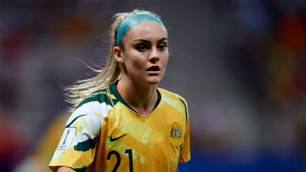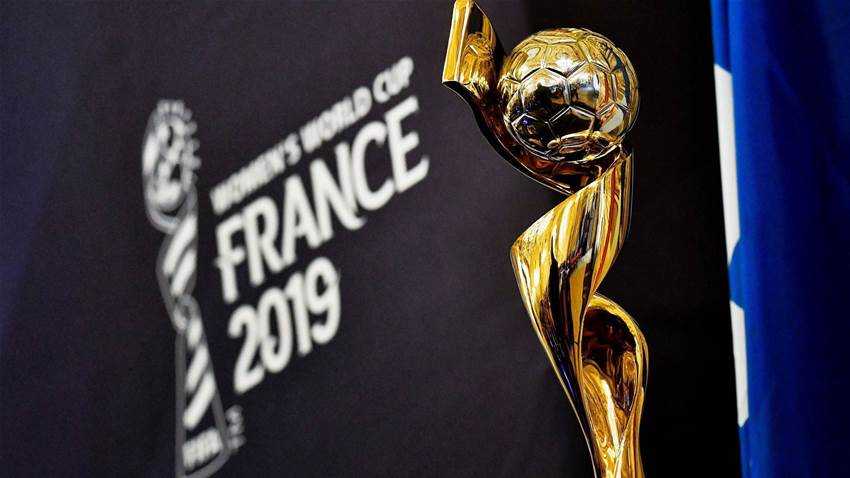FIFA have announced that the prize money for the Women's World Cup in 2019 has significantly increased.
Speaking at the FIFA council meeting in Rwanda, president Gianni Infantino confirmed that USD $50 million would be allocated to the 24 teams competing in France.
This is set to be broken down to USD $30million in prize money, a 100 percent increase from 2015 while the other USD $20 million being split between pre-tournament preparations ($11.52 million) and club benefit reward program ($8.48 million) for releasing players for World Cup duty - a Women's World Cup first.
The announcement comes after players union in Australia, Norway, Sweden and New Zealand wrote to FIFA raising their concerns about the inequality in cash set aside for the men's World Cup compared to the women's.
Now official what Sports Illustrated/Fox Sports reported 2 weeks ago on 2019 women’s World Cup prize money increase. Not happy: Global, Australian & USWNT players unions pic.twitter.com/Ui2mbmkSsN
— Grant Wahl (@GrantWahl) October 26, 2018
The men's World Cup prize money increased by 12 percent to $400 million for 2018 with teams receiving $48 million in preparation costs and also shared $209 million with clubs.
The union pointed out that the Socceroos received USD $2.4 million for making the group stages of the World Cup this year in Russia, while the Matildas will need to split USD $225,000 for the same stage at France 2019.
The PFA also pointed out in their letter to FIFA that the preparation cost paid would be less than 25 percent of what the Socceroos received despite their being no cost difference when preparing the Matildas World Cup squad.
Most startling was that if the Matildas won the World Cup they would "only receive 50% of what the Socceroos received for qualifying for Russia".
During the meeting, Infantino also announced there would be the introduction of a dedicated international calendar in 2020.
As well as the funding increase, the women’s international match calendar 2020-2023, now based on a four-year cycle: was approved. This will include six international windows per year, with a detailed breakdown of different types of windows and conditions that apply to them. pic.twitter.com/2YuBOSkg6O
— FIFA Women's World Cup 🇫🇷 (@FIFAWWC) October 26, 2018
Related Articles

'Timing not right': Montemurro's verdict on Matildas vacancy

Matildas: 'Fourth at the Olympics is honestly the worst place you could come'
.jpg&h=172&w=306&c=1&s=1)












